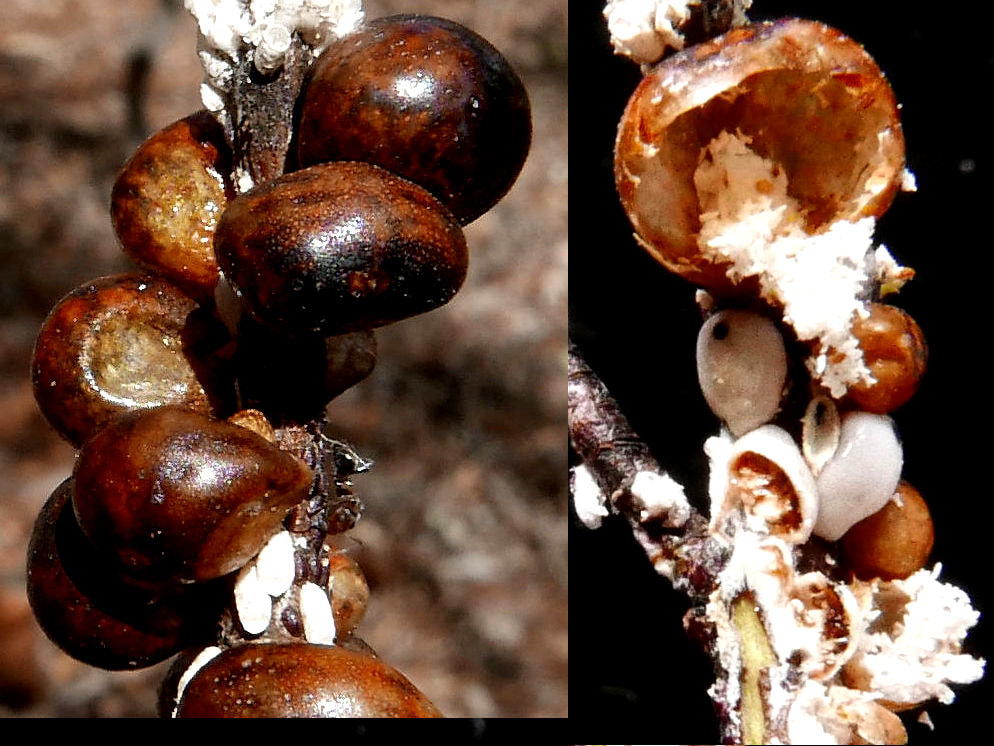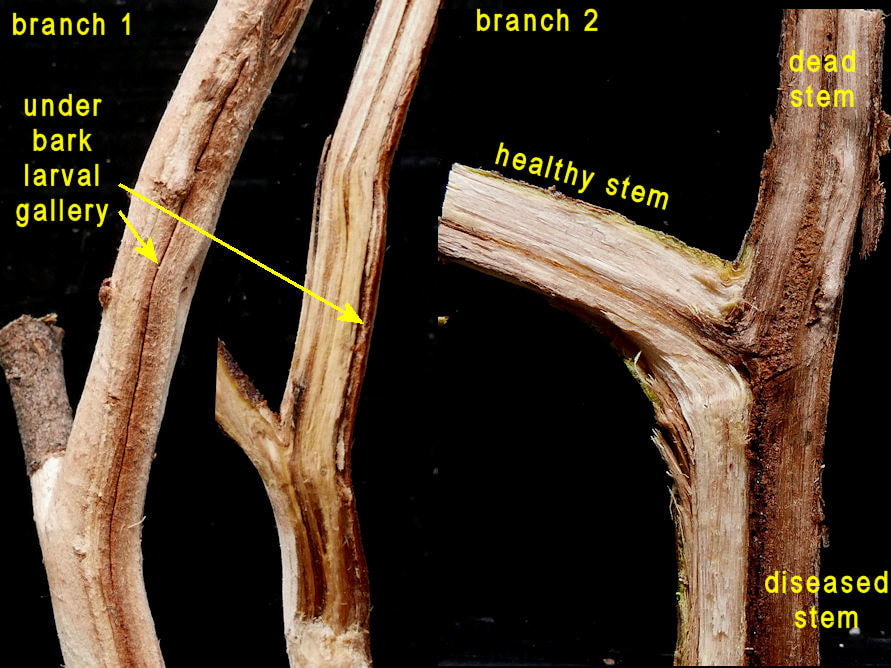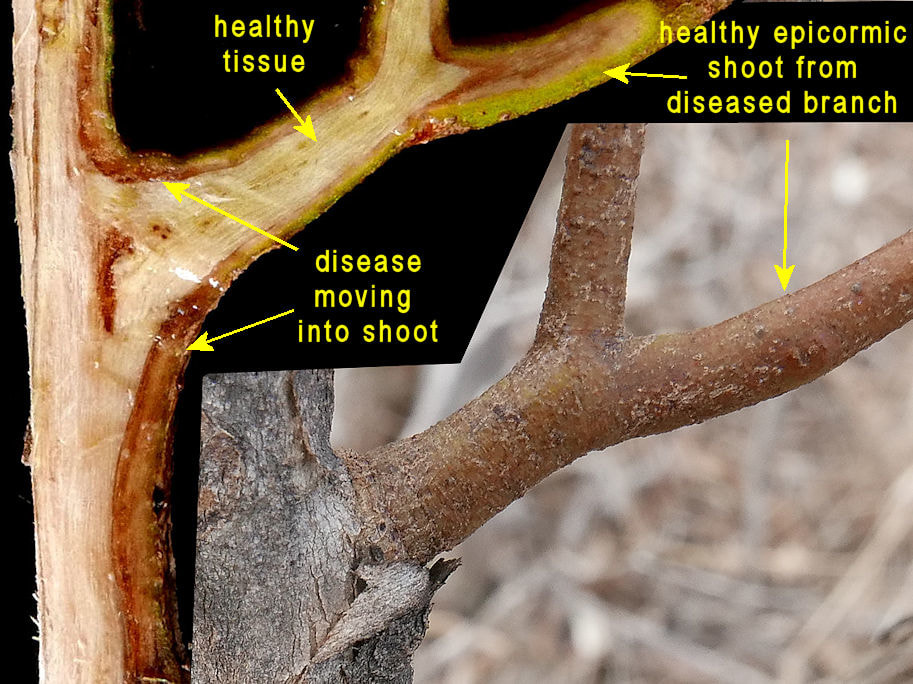 scale infested jam wattle
scale infested jam wattle Last April I was wandering through Foxes Lair in the evening when my eyes espied a glowing jam wattle. I raced over hoping that it was a sign like a burning bush, to find the stems completely covered by a gleaming white mass. Close examination revealed a mass of gleaming white tubes and balls, interspersed by what looked like gross engorged ticks.
Gadzooks, it was an invader from the east! Cryptes baccatus/Wattle Tick scale
Wattle tick scale occur in eastern Australia, South Australia and the Perth region of Western Australia, feeding on acacias such as black wattle (A. mearnsii), Sydney golden wattle (A. longifolia), hickory wattle (A. implexa) and blackwood (A. melanoxylon).
Globular in shape, and resembling an engorged tick, wattle tick scale can be up to 7mm in diameter. Initially the scale are a whitish colour, turning dark brown as they age. The adult males, which are small winged creatures, are seldom seen. Feeding scale produce honeydew which attracts ants that disrupt the activities of natural enemies.
The images below show all stages of the life cycle. Small reddish oval insects are crawlers (babies) that wander to a suitable spot to start sucking the plant (head down, bum up). They lose their legs and develop a tubular waxy coat that is open at the end so ants can get honeydew that they excrete. After an adult male has mated with it, the pregnant female swells up and, turns brown, dies and releases crawlers for the next season.
Although they are interesting natural insects, I hope that they don’t spread here. They clearly have an obesity problem.
If you share my interest in these critters
read this












